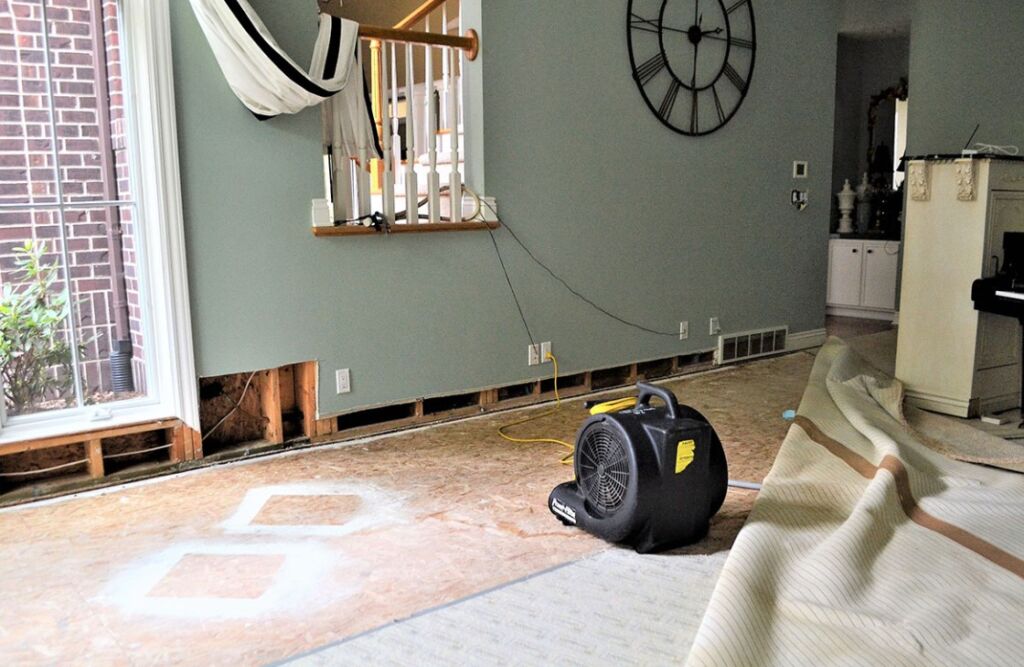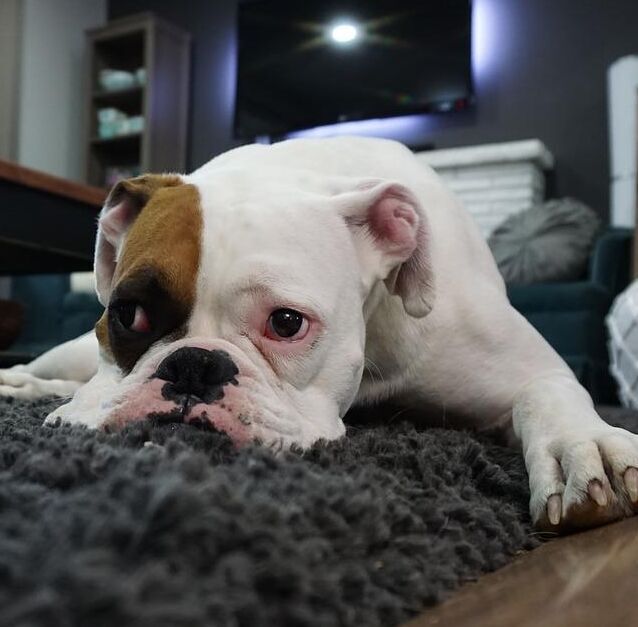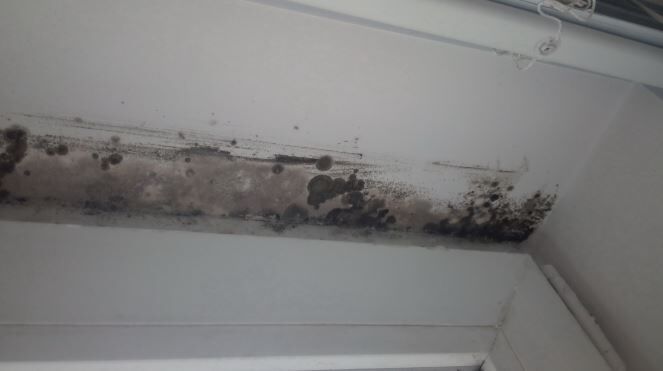
Whether you are dealing with a flood or some other form of water damage, it is important to take steps to protect your carpets. These steps include drying the carpets thoroughly, calling a professional flood response service, and preventing mold growth.
Scotchgard TM
Using Scotchgard TM is a great way to protect your carpets from water damage and stains. The protector will extend the life of your carpets and upholstery. Scotchgard TM is an invisible coating that makes it harder for dirt to attach. The coat also protects your carpets from wear.
Scotchgard TM is applied to your carpets and upholstery after cleaning. Depending on the amount of traffic, you may need to have the protector reapplied every six months. The reapplication of Scotchgard TM will preserve the “just cleaned” look.
You may find that you are not needing to clean your carpets as often as you used to. With Scotchgard TM, your carpets will last longer and be easier to maintain. This will save you time and money.
The Scotchgard TM formula is tested by the Environmental Protection Agency. It is safe to use and can be applied to residential and commercial carpets.
Scotchgard TM has a number of different products to choose from. Scotchgard TM OXY Spot & Stain Remover is perfect for cleaning up messes and preventing stains. It will remove tough stains without leaving behind a sticky residue.
Call a professional flood response service
Whether your home has experienced one small flood or a major disaster, it is important to call a professional flood response service to protect your carpets and belongings. These services can make cleanup and restoration easier.
Leaving standing water on your carpet for too long can cause mold and mildew to grow. Also, if the carpet gets wet for longer, you will have a tougher time drying it out.
Using a submersible pump is one way to remove water from your carpet. These pumps can remove large amounts of water quickly.
A wet/dry vacuum is another way to speed up the drying process. This can also help to prevent mold and mildew from growing.
A wet/dry vacuum is also a great way to get rid of excess moisture. It can also be useful for lifting heavy items such as wood furniture from wet areas.
Using a dehumidifier can also speed up the drying process. You may also want to increase ventilation in your flooded home.
One way to prevent such problems is to call on the help of a local Amherst plumber to fix plumbing leaks before they destroy your flooring.
Dry the carpets thoroughly
Getting your carpets dried properly is important if you want to avoid mold growth. The moisture in the carpet can be a breeding ground for bacteria and mold, which can cause serious illnesses.
There are several ways to dry your carpet, but one of the best is to get a dehumidifier. This will help reduce indoor humidity levels and speed up the drying process.
A fan is also a good idea. Fans can create air currents that help dry the carpet. They also help evaporate moisture, which is a big help if your carpet is still damp.
A blow dryer is another good way to speed up the drying process. This method is not as effective as a fan. It will not work as well if the carpet is placed underneath the fan. However, if the fan is placed on the carpet, it can help dry it faster.
A fan may be an obvious way to dry your carpet, but you could also use a box heater. Box heaters can help dry the carpet, but they won’t get rid of moisture like a fan.
Prevent mold growth
Keeping your carpets clean can protect you and your home from mold growth. If you’re dealing with water damage, it’s important to take action as soon as possible. Mold spores can be passed from one surface to another, and can cause serious health problems.
Mold thrives in a damp, warm environment. It’s not only harmful to your health but can damage your carpeting. There are several things you can do to keep your carpet clean and mold-free.
The first step to preventing mold growth is to understand how it grows. Mold is a fungus that’s composed of branch-like structures called hyphae. They produce tiny spores that can infect your home. The spores spread to other surfaces in your home, such as your carpets.
The hyphae also feed on dirt buried deep within your carpet. This can lead to premature wear and tear of your carpet fibers. It’s also important to clean your carpets regularly, to avoid mold growth.

